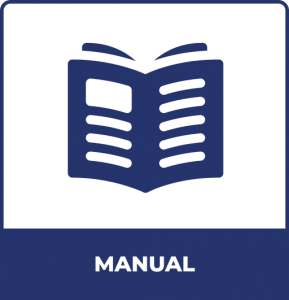The maintenance of prisoner files is easily associated with the realms
of prison administration and bureaucracy—often a burdensome task
for overworked prison staff. The role of prisoner files in relation to the
protection and promotion of human rights, however, is rather less
obvious.
The presence of complete, accurate and accessible prisoner files is not only
a prerequisite for effective prison management and strategic planning, it is
also an essential tool for ensuring the human rights of prisoners are
respected and upheld. If prison systems deny such rights, the rehabilitative
purpose of imprisonment is necessarily undermined, along with public
confidence in the criminal justice system and the rule of law in general.
The realities of prison systems worldwide are characterized by limited
resources. However, effective prisoner file management is not entirely
dependent on financial investment; it is more about having a clear and
workable system for recording information, accompanied by procedures
that are respected and followed by prison staff. The purpose of this Handbook is three-fold: To demonstrate the importance of effective prisoner file management, illustrating the consequences of poor or non-existent management; To outline the key international human rights standards that apply to prisoner and detainee file management; To summarize the key requirements of prison systems in relation to prisoner and detainee file management in order to meet international human rights standards, illustrating how these might be met. This Handbook is aimed at those who hold responsibility, at any level, for people in custody. It is of particular relevance to prison systems that do not have electronic systems for maintaining prisoner files.
Introduction
Prisoner files: a tool for human rights
Prisoner files: a tool for effective prison management
Prisoner files: a tool for public confidence in the justice system
Purpose of the Handbook
Who this Handbook is aimed at
Terminology
1. Non-derogable rights of prisoners
Protection of the right to life
Prevention and protection against torture and other cruel, inhuman or degrading treatment or punishment
2. Rights of prisoners
Admission and registration
Access to justice
Classification and placement
Discipline
Rehabilitation
Employment
Health and well-being
Belongings and personal effects
External contact
Inspection, complaints and grievances
Transfer and release
Protection of children
Protection against discrimination
3. Prison file management in practice
Consequences for the prisoner
Consequences for the detaining authority
Consequences for the justice system
4. Requirements to comply with international law and standards
On initial detention
On admission to a correctional facility
Ongoing detention/imprisonment
On release
5. Checklists for prisoner files
Identity information
Detention information
Judicial information
Arrest/investigation information
6. Setting up a prisoner file management system
Creating a general prisoner file
Medical files
File register
Prison registry
Access to files and information sharing
Transferring files
Archiving and storage
UNODC
UNODC (2008). Handbook on
prisoner file management. United Nations Office on Drugs and Crime. Handbook on prisoner file management (unodc.org)



